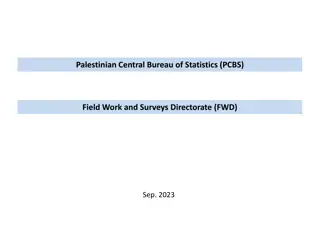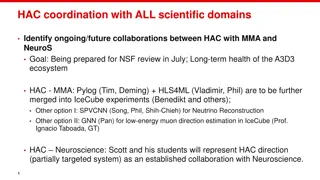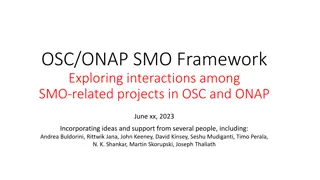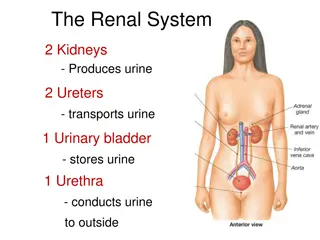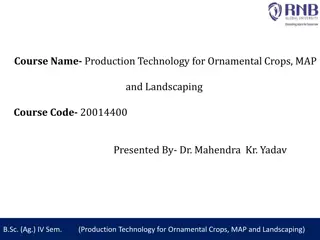SGLT-2 inhibitors and AKI
Consultant Nephrologist Paraskevi Liaveri discusses the association between SGLT-2 inhibitors and acute kidney injury (AKI). Pharmacovigilance reports highlight a higher risk of AKI with these drugs, especially when combined with RAAS blockers, diuretics, or NSAIDs. Studies suggest potential mechanisms involving altered glomerular hemodynamics and medullary hypoxia. Additionally, SGLT-2 inhibitors exhibit diuretic-like effects impacting urine volume and blood pressure. Consideration of the renal effects of SGLT-2 inhibitors is crucial in clinical practice to mitigate the risk of AKI.
Download Presentation
Please find below an Image/Link to download the presentation.
The content on the website is provided AS IS for your information and personal use only. It may not be sold, licensed, or shared on other websites without obtaining consent from the author. Download presentation by click this link. If you encounter any issues during the download, it is possible that the publisher has removed the file from their server.
Presentation Transcript
SGLT-2 inhibitors and AKI Paraskevi Liaveri Consultant Nephrologist Nephrology Department General Hospital of Athens G.Gennimatas
Sodium-Glucose Co-Transporter 2 Inhibitors (SGLT2is) Journal of Nephrology 2023;36:31 43
Pharmacovigilance Reports The proportion of reports with ARF among reports with SGLT2 inhibitor was almost three-fold higher compared to reports without these drugs (ROR 2.88, 95% CI 2.71 3.05, p < 0.001). Acute renal failure with sodium-glucose-cotransporter-2 inhibitors: Analysis of the FDA adverse event report system database. Nut Met Cardiovasc Dis 2017;27;1108-13 The reporting odds ratio (ROR) values of AKI events associated with all SGLT2is was 2.84 (95% CI 2.71 2.98) in patients with diabetes. When SGLT2is were combined with RAAS blockers, the corresponding ROR was even higher, reaching 4.05(3.66 4.48). Of note, these ROR values were slightly higher when SGLT2is were combined with diuretics (ROR 6.07, 5.27 7.00) or with NSAIDs (ROR 4.66, 3.79 5.74). Risks of acute kidney injury due to sodium glucose co-transporter 2 inhbitors: a study based on the related data in the US Food and Drug Administration Adverse Event Reporting System. Adverse Drug Reactions J 2019;21:190-7 The ROR for acute renal failure with SGLT2is versus other glucose- lowering drugs was calculated as 1.0 (95% CI 0.9 1.2). Acute renal failure, ketoacidosis, and urogenital tract infections with SGLT2 inhibitors: signal detection using a Japanese spontaneous reporting database. Clin Drug Invest 2020;40;645-52.
Acute kidney injury risk factors when using sodium-glucose co-transporter type 2 inhibitor Journal of Nephrology 2023;36:31 43
SGLT2is might be regarded as diuretics, with some 200-600ml excess of urine volume per day and a 2-5mmHg drop in systolic blood pressure Journal of Nephrology 2023;36:31 43
Can SGLT2 Inhibitors Cause Acute Renal Failure? Plausible Role for Altered Glomerular Hemodynamics and Medullary Hypoxia SGLT2is are not true tubulotoxic mediators but exert renal injury through the induction of hypoxic medullary injury. Drug Saf 2018;41:239 252
SGLT2is: O2tension in the renal Cortex and Medulla Acute SGLT inhibition normalizes O2 tension in the renal cortex but causes hypoxia in the renal medulla in anaesthetized control (n=12) and diabetic rats (n=9) Am J Physiol Renal Physiol 2015;309: F227 F234
Biomarker evidence for distal tubular damage but cortical sparing AKI Group= 21 pts No AKI Group= 25 pts Serum creatinine in the AKI and non-AKI groups. While baseline (pre-hospital) levels are comparable, serum creatinine is significantly higher upon admission (* p = .002) and at peak levels during hospitalization (** p < .0001, means SEM, student t-test). Renal Failure 2020;42(1): 836 844
Biomarker evidence for distal tubular damage but cortical sparing Serum and urine NGAL and KIM-1 in the AKI and non-AKI groups (n 21 and 25, respectively). While KIM-1 levels are comparable in the two groups, NGAL levels both in serum and urine samples are significantly higher in the AKI group (*p=.006 and **p = .032, respectively, means SEM, student t-test) Renal Failure 2020;42(1): 836 844
Possible Mechanism of Hematocrit Elevation by SGLT2is and Associated Beneficial Renal and Cardiovascular Effects Circulation. 2019;139:1985 1987
SGLT2is Alter the Renal Oxygenation Profile SGLT2is Alter the Renal Oxygenation Profile Hypoxia- inducible factor-2a-expressing interstitial fibroblasts are the only renal cells that express erythropoietin under hypoxia-inducible factor stabilization Kidney International 201077, 312 318
SGLT2is Alter the Renal Oxygenation Profile Diabetes, Obesity and Metabolism 2013;15: 853 862
Additional Mechanisms that may predispose to SGLT2is- Related Renal Impairment Journal of Advanced Research 2017;8:529 536
Effect of luseogliflozin on the serum uric acid (SUA) level. Changes in the SUA level from the baseline after a single dose (A, n = 3 14) and after multiple doses (B, n = 8) are shown. Data are mean SEM. **p < 0.01 vs placebo (0 mg) (Dunnett s test) Effects of luseogliflozin on the urinary excretion rate (UEUA ) and the renal clearance (CLUA ) of uric acid. Changes in UEUA and CLUA from the baseline after a single dose (A and C, n = 3 14) and after multiple doses (B and D, n = 8) are shown. Data are mean SEM. **p < 0.01 vs placebo (0 mg) (Dunnett s test) Biopharm. Drug Dispos. 2014;35: 391 404
Dapagliflozin as a cause of acute tubular necrosis with heavy consequences: a case report a Acute tubular injury with epithelial cell coarse vacuolization or flattened epithelium with detached cells leaving areas of tubular basement membrane covered by a thin layer of cytoplasm from adjacent cells (arrowhead). Necrotic luminal debris (transparent arrow). Regeneration with mitosis (black arrow). Interstitial mononuclear infiltration is also observed . b.Flattened tubular epithelium with diminishing or loss of brush borders and cytoplasmic vacuolization. c. Cytoplasmic vacuolization in higher magnification . d Among the interstitial inflammatory cells, some eosinophils are discerned (white arrows) . e Tubulitis in a non-atrophic tubule (black arrows) CEN Case Rep 2018;7:17 20
Tubulointerstitial Nephritis after Using a SGLT2i Tubulointerstitial nephritis in the patient after empagliflozin use. (A, B, D) Tubular atrophy and interstitial fibrosis were observed diffusely in approximately 70% of the area. (A, B) Tubular interstitium showed infiltration mainly composed of lymphocytes and monocytes. (C) The glomerulus had slight mesangial matrix expansion without mesangial cell proliferation. (E) The small and medium-sized arteries showed moderate arteriosclerosis with fibroelastosis, (F) while arteriolar hyalinosis was not observed in the arterioles. (G: CD3, H: CD22, I: CD68) Immunostaining showed cells expressing CD3 (T cells) and CD68 (macrophages) but did not show cells expressing CD22 (B cells). Cells expressing CD3 and CD68 infiltrated more strongly around the tubular region than around the glomerulus. Intern Med 2022; 61: 3239-3243
Acute interstitial nephritis due to SGLT2i Empagliflozin Renal histology following native renal biopsy, showing marked acute tubulointerstitial nephritis with lymphocytic infiltrates and eosinophils in the interstitium and focal tubulitis. No granulomas are present and no significant fibrosis is seen. Background changes are suggestive of early diabetic nephropathy. Clinical Kidney Journal 2021;14(3)1020 1022
Development of osmotic vacuolization of proximal tubular epithelial cells following treatment with SGLT2is in type II DM patients-3 case reports a) Case 1Proximal tubule is vacuolated (arrows) (Hematoxylin Eosin stain, Periodic Acid Schiff stain and CD10 stain 400 ). Brown color shows positivity for CD 10 stain, consistent with proximal tubule). EM analysis revealed round or elliptical vacuolization as confirmed on proximal tubules. b ) Case 2 shows that proximal tubule is vacuolated (arrows) (Hematoxylin Eosin stain, Periodic Acid Schiff stain and CD10 stain 400 ). Brown color shows positivity for CD 10 stain, consistent with proximal tubule).EM analysis showed round or elliptical vacuolization as confirmed on proximal tubules. c ) Case 3 showed that proximal tubule is vacuolated (arrows) (Hematoxylin Eosin stain,, Periodic Acid Schiff stain and CD10 stain 400 ). Brown color shows positivity for CD 10 stain, consistent with proximal tubule). EM analysis showed curved stripe-formed vacuolization as confirmed on proximal tubules CEN Case Reports 2021;10:563 569
Osmotic Nephrosis and Acute Kidney Injury Associated With SGLT2i Use: A Case Report Osmotic nephrosis in a patient with canagliflozin-mediated acute kidney injury. (A) Low- and (B) high-power view of proximal tubules with osmotic tubulopathy (periodic acid Schiff stain; original magnification, A: 10, B: 40). (C) Oil Red O staining shows the presence of rare positive lipid deposits in some proximal tubules (arrows; original magnification, 40). (D) Ultrastructural studies show clear vacuoles within the proximal tubules, arguing against lipid droplets. (E) Immunofluorescence of some proximal tubules for aldose reductase (white arrows; original magnification, 40). (F) Immunofluorescence for fructokinase (white arrows; original magnification). Am J Kidney Dis.2020;76(1):144-147
Progression after AKI: Understanding Maladaptive Repair Processes to Predict and Identify Therapeutic Treatments Journal of the American Society of Nephrology 2016;27(3):687-697
A sodium-glucose cotransporter 2 inhibitor attenuates renal capillary injury and fibrosis by a vascular endothelial growth factor dependent pathway after renal injury in mice Kidney International 2018;94, 524 535
Contrast-induced Acute Kidney Injury in Diabetic Patients and SGLT-2 Inhibitors: A Preventive Opportunity or Promoting Element? J Cardiovasc Pharmacol 2022;80:661 671
The safety of SGLT-2 inhibitors in diabetic patients submitted to elective percutaneous coronary intervention regarding kidney function: SAFE-PCI pilot study NGAL value (ng/dL) 6 h after percutaneous coronary intervention. There was no difference in the primary endpoint of the study. Mean serum NGAL 6 h after PCI was 199 ng/dL in the SGLT2i group and 150 ng/dL in the control group (p = 0.249). *Test-t used to compare two different groups Diabetology & Metabolic Syndrome 2023;15:138
Randomized controlled trials reporting an initial dip of eGFR Kidney360 2021;2: 1042 1047
eGFR Decline after SGLT2 Inhibitor Initiation: The Tortoise and the Hare Reimagined Kidney360 2021;2:1042 1047
Renal effects of SGLT2is in cardiovascular patients with and without chronic kidney disease: focus on heart failure and renal outcomes Heart Failure Reviews 2023; 28:723 732
Canagliflozin protects against cisplatin-induced acute kidney injury by AMPK-mediated autophagy in renal proximal tubular cells Canagliflozin protects HK-2 cells from cisplatin by inhibiting apoptosis Canagliflozin activates AMPK and inhibits mTOR in HK- 2 cells and protects HK-2 cells from cisplatin in an AMPK activation-dependent manner. Canagliflozin induces autophagy in HK-2 cells and protects HK-2 cells from cisplatin in an autophagy- dependent manner Cell Death Discovery 2022;8:12-23
Canagliflozin protects against cisplatin-induced acute kidney injury by AMPK-mediated autophagy in renal proximal tubular cells Canagliflozin attenuates cisplatin-induced AKI and increases autophagy in mice Cell Death Discovery 2022;8:12-23
Empagliflozin attenuates acute kidney injury after myocardial infarction in diabetic rats Enlargement of the glomerular area Sci Rep.2020;29;10(1):7238
SGLT2is increase Klotho in patients with diabetic kidney disease: A clinical and experimental study Percent reductions with respect to baseline in urine tumor necrosis factor-alpha (TNFa) and soluble (serum and urine) Klotho in patients treated with SGLT2i and DPP4i. Biomedicine & Pharmacotherapy 2022;154:113677
SGLT2is increase Klotho in patients with diabetic kidney disease: A clinical and experimental study Biomedicine & Pharmacotherapy 2022;154:113677
SGLT2i Dapagliflozin limits podocyte damage in proteinuric nondiabetic nephropathy JCI Insight. 2018;3(15):e98720
Potential use in non-Diabetic Kidney Disease Current Opinion in Nephrology and Hypertension 2017;26(5):358-367
Safety of SGLT2 inhibitors in patients with different glomerular diseases treated with immunosuppressive therapies Mean eGFR: 59.09 31.86 62.89 31.59ml/min Mean spot urinary ACR 2669 858mg/g European Journal of Clinical Pharmacology 2023;79:961 966
SGLT2i in kidney transplant recipients: what is the evidence? her Adv Endocrinol Metab 2022;13:1 14
The Efficacy and Safety of SGLT2 Inhibitor in Diabetic Kidney Transplant Recipients N-202 SGLT2i users after propensity score matching N=554 Non-SGLT2i users after propensity score matching Transplantation 2022;106: e404 e412
SGLT2i in kidney transplant recipients: what is the evidence? her Adv Endocrinol Metab 2022;13: 1 14
Figure 2 Dapagliflozin in patients with cardiometabolic risk factors hospitalized with COVID-19 (DARE-19): a randomized, double-blind, placebo-controlled, phase 3 trial Inhibition of glycolysis (a pathway that can be used by respiratory pathogens Stimulation of lipolysis Reduction of Oxidative Stress and Inflammation Improved endothelial dysfunction Improved Oxygen carrying capacity Safety outcomes in the safety population Lancet Diabetes Endocrinol 2021;9(9):586-594
Cardiac and Renal Effects of Sodium-Glucose Co-Transporter 2 Inhibitors in Diabetes
Key points SGLT2is are approved for the treatment of hyperglycemia in patients with T2D. Owing the mechanism of their action, these agents provide cardio- and renal protection. Based on proximal tubular natriuretic effects, SGLT2is have therapeutic potential for use in nondiabetic patients. Should SGLT2is be withheld in the presence of high-risk clinical situations?
Clinical Randomized Trials on SGLT2i and Renal Outcomes J Cardiovasc Pharmacol 2022;80:661 671
ACUTE KIDNEY INJURY Lancet 2019; 394: 1949 64
ACUTE KIDNEY INJURY Lancet 2019; 394: 1949 64
Determinants of medullary oxygen balance: major factors affecting renal medullary oxygen consumption and expenditure for tubular transport activity Drug Saf 2018;41:239 252
Drugs affecting medullary oxygenation Drug Saf 2018;41:239 252
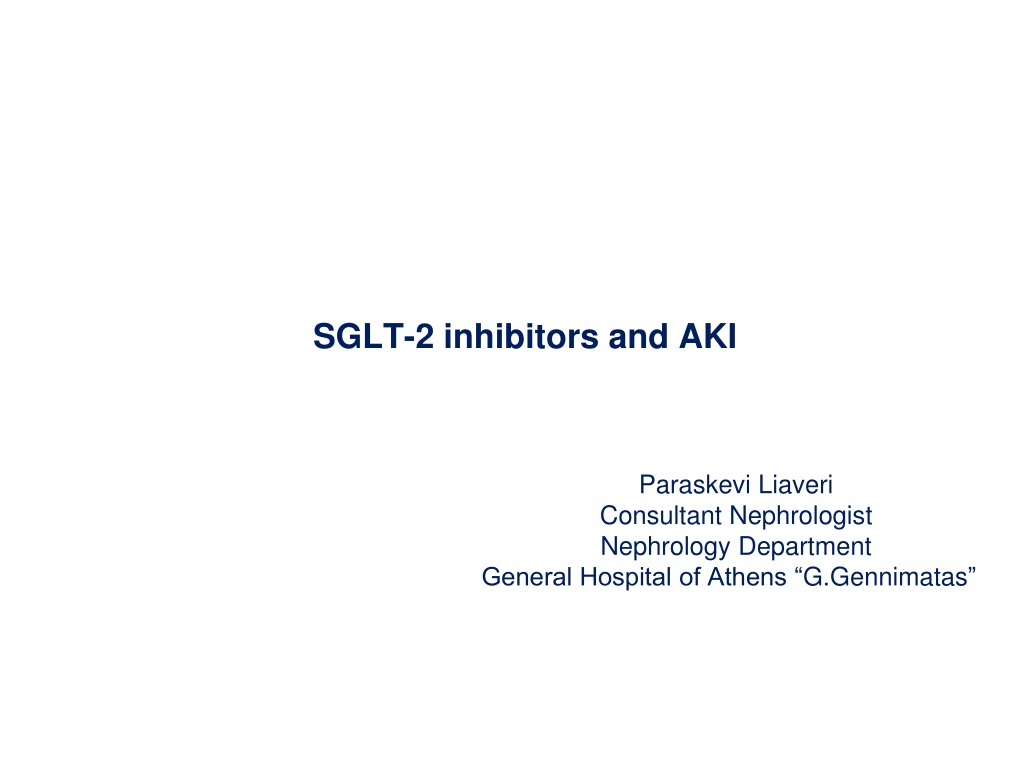


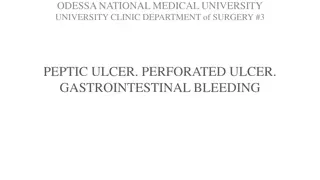
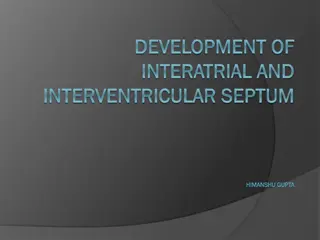


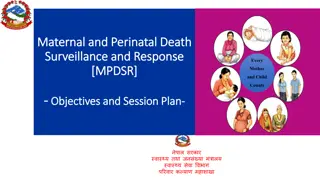











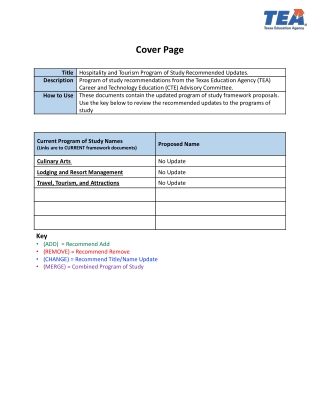





![Prevention and Combating of Hate Crimes and Hate Speech Bill [B.9B.2018]](/thumb/60513/prevention-and-combating-of-hate-crimes-and-hate-speech-bill-b-9b-2018.jpg)




